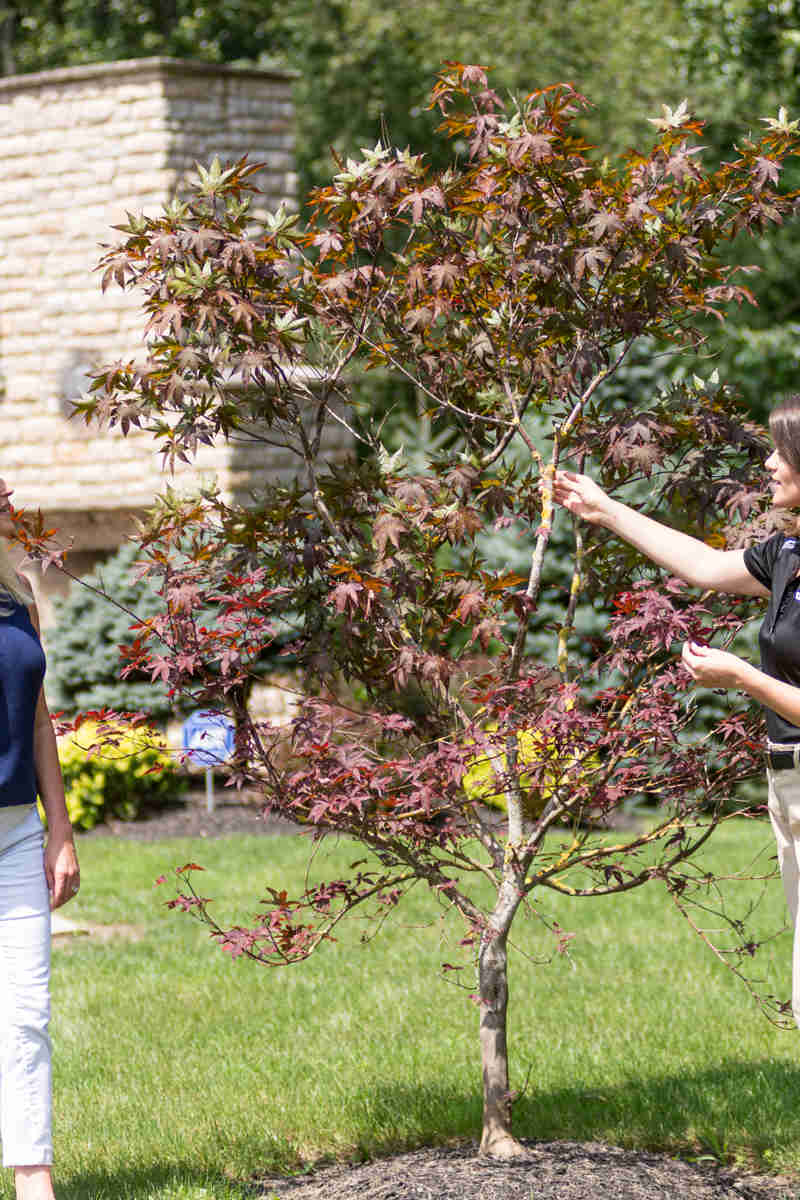Japanese Maple Scale Description:
Japanese maple scale is an armored insect pest that uses piercing/sucking mouthparts to feed on plant juices. Juveniles feed underneath a detached, waxy covering until adulthood. Winged adult males leave in search of mates, whereas females retain their armor to lay eggs.
Hosts:
These pests feed on Japanese maples and many other host trees, plants and shrubs. The list includes ash, apple, boxwood, camellia, cherry, cherry laurel, cotoneaster, crabapple, dogwood, elm, euonymus, holly, honeylocust, hornbeam and many others.
Biology & Symptoms:
These hard-to-spot pests have oyster shell-shaped bodies and white, waxy coverings. Underneath the coverings, adults and nymphs are lavender-colored. These scales are usually found on bark but also infest leaves. Immature scales overwinter on branches and trunks. Females lay about 25 eggs starting in spring. There may be up to two generations per growing season in southeastern and mid-Atlantic states. As the scales feed, they cause plant storage cells to burst and collapse. Large populations can cause branch dieback, premature foliage drop and plant death.
Management:
Management can be difficult. For small trees or light infestations, gently scrubbing off the scales with water and a brush may be effective. For all other situations, careful monitoring and insecticide treatments are necessary.
The most susceptible life stage of this pest to insecticides is the juvenile crawler, which hatch from eggs over an extended period but form their armor within three days. To monitor crawler density in early spring, wrap double-sided sticky tape around branches and view the stuck insects with a magnifying lens.
If adequate spray coverage can be achieved, horticultural or superior oils applied during winter dormancy can suppress the scale population. During the growing season, active crawlers should be target-sprayed for as long as specified on the insecticide label.





